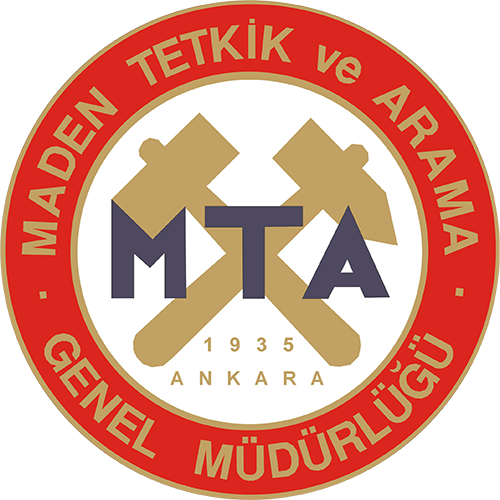Mud systems applied to problematic formations in core drilling rigs
Karotlu sondaj kulelerinde sorunlu formasyonlar için uygulanan çamur sistemleri
Authors
Bülent TOKA
Keywords
Diamond Drilling, Drilling Mud, Problematic Formations, In-pipe Caking.
Abstract
The two most important features of drilling rigs based on the core drilling principles are the drill set rotating at high speeds and the very precise spacing between the pipe and the well wall. Formation pieces that swell, flow into the well, spill or collapse during the drilling of problematic formations mix into the mud or narrow the annulus and cause well problems by restraining the rotation of the drill string and circulation. The spilled formation pieces cause an excessive solid material increase in the mud structure and due to the effect of centrifugal force, the solids adhere to the inner wall
of the pipes near the surface and form a cake. Excessive cake thickness in the pipes obstruct the descent of the core barrel inner tube catcher into the well. During the removal of the inner tube, a vacuum occurs in the well due to the mud discharged from the rod and the problematic formations are poured into the annulus and block the core between the core barrel and the well wall. In this study, the performance of mud systems determined by trial and error method against the problems encountered in unconsolidated claystone, mudstone (shale), siltstone and sand - pebble stones in
core coal exploration drillings in Çorum - Amasya region were evaluated. Monitoring and regular improvement of the rheological values of the mud compositions, changing the mud composition according to the well conditions, keeping the gel strength high and increasing its density with salt was found to play an important role in keeping the unconsolidated formations physically balanced. Salt mud also minimized the formation of cake in the pipe.
Click for .pdf
Türkçe .pdf için tıklayınız

